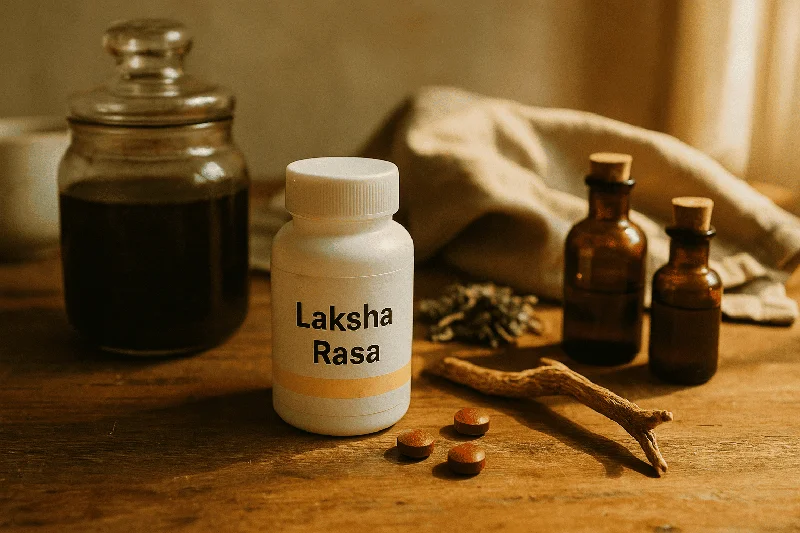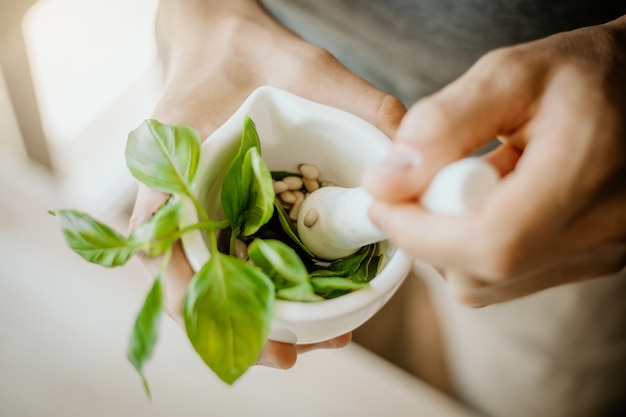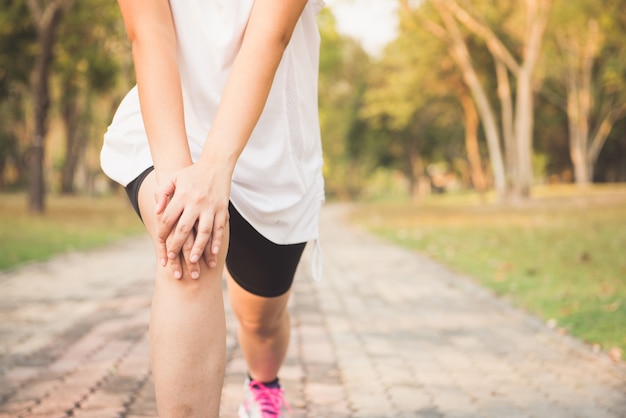Ask Ayurvedic doctor a question and get a consultation online on the problem of your concern in a free or paid mode. More than 2,000 experienced doctors work and wait for your questions on our site and help users to solve their health problems every day.
Shop Now in Our Store
Laksha Rasa – Ayurvedic Remedy for Strengthening Immunity and Treating Joint Disorders

Introduction to Laksha Rasa
Laksha Rasa is a unique Ayurvedic formulation that has been used for centuries to treat a variety of ailments, particularly joint disorders, and to strengthen the body's immune system. This formulation is made primarily from Laksha(Lacciferous resin, commonly known as shellac), which is known for its therapeutic properties in Ayurveda. Laksha Rasa has a broad spectrum of uses, including its application for conditions such as arthritis, joint pain, and immune deficiencies. The formulation helps to balance the body's Vata and Kapha doshas, which are often implicated in joint disorders and inflammation. The use of Laksha Rasa is especially beneficial in rejuvenating the body, promoting tissue healing, and improving overall vitality.
Historical Roots & Ayurvedic Significance
In Ayurveda, Laksha (shellac) has been used for its diverse therapeutic properties for thousands of years. Ayurvedic texts describe the resin as an effective remedy for joint-related ailments, digestive issues, and as an immune-boosting agent. Laksha Rasa, in particular, is valued for its ability to treat inflammation and pain, particularly in conditions like Osteoarthritis and Rheumatoid arthritis. It is also known for its rejuvenating effects, making it an important remedy for the elderly and individuals with weakened immune systems. The unique properties of Laksha Rasa make it a powerful tool for restoring balance within the body and promoting health on multiple levels.
Key Components & Therapeutic Benefits
1. Laksha (Shellac Resin)
The primary ingredient in Laksha Rasa is Laksha, a natural resin derived from the secretion of certain insects. This resin has been prized in Ayurveda for its anti-inflammatory, analgesic, and immune-boosting properties. Laksha is rich in minerals and antioxidants, which support tissue repair, relieve pain, and strengthen the body’s defense mechanisms. It helps balance Vata and Kapha doshas, which are often the root causes of joint pain and inflammation.
2. Immune-Boosting Properties
Laksha Rasa is known for its ability to strengthen the immune system. The resin contains compounds that help enhance the body's natural defenses, making it an excellent choice for those with compromised immunity. Regular use of Laksha Rasa can help the body fight infections, prevent frequent illnesses, and improve overall vitality. It is also beneficial in treating chronic conditions that result from weak immunity, such as frequent colds or skin conditions.
3. Joint Pain & Inflammation Relief
One of the primary benefits of Laksha Rasa is its ability to reduce joint pain and inflammation. It is commonly used in Ayurveda to treat conditions like arthritis, rheumatism, and gout. Laksha's anti-inflammatory properties help reduce swelling in the joints, improve mobility, and alleviate pain. By balancing Vata dosha, which governs movement and stability in the body, Laksha Rasa helps restore normal functioning of the joints and reduce stiffness.
4. Rejuvenation & Tissue Healing
Laksha Rasa is also known for its rejuvenating effects. It helps in the regeneration of tissues, especially in cases where damage has occurred due to prolonged illness or injury. The healing properties of Laksha support the repair of damaged tissues and promote faster recovery. This makes Laksha Rasa beneficial for individuals recovering from surgery or those with degenerative conditions that affect the joints and tissues.
5. Respiratory Health
In addition to its benefits for joints and immunity, Laksha Rasa is also useful in treating certain respiratory conditions. It can be used as a remedy for chronic cough, asthma, and bronchitis by calming inflammation in the respiratory tract and improving lung function. This makes Laksha Rasa a versatile remedy for overall health and wellness.
How Laksha Rasa Works: The Science Behind the Remedy
The healing properties of Laksha Rasa are attributed to the bioactive compounds found in Laksha. These compounds include minerals such as calcium, magnesium, and iron, which support the body's structural integrity, especially the bones and joints. The resin's natural analgesic and anti-inflammatory effects help reduce pain and swelling, while its ability to balance Vata and Kapha doshas restores harmony in the body’s systems. Additionally, Laksha Rasa’s immune-boosting properties stimulate the production of white blood cells, which are vital for defending the body against infections and diseases.
Choosing the Right Laksha Rasa & Guidance
When using Laksha Rasa, it is essential to consult a qualified Ayurvedic practitioner to ensure it is appropriate for your specific condition and constitution. An Ayurvedic professional can provide personalized advice on dosage and how to incorporate Laksha Rasa into your treatment plan. It is also important to choose high-quality Laksha Rasa from reputable Ayurvedic sources to ensure that the formulation is effective and free from contaminants.
Recommended Dosage & How to Use Laksha Rasa
The dosage of Laksha Rasa may vary depending on the individual’s health condition and Ayurvedic practitioner’s recommendations. Typically, it is advised to take:
- Dosage: 250 mg to 500 mg once or twice daily, preferably with warm water, ghee, or milk, as directed by your practitioner.
- Duration: Laksha Rasa may be used for a period of 2-4 weeks for noticeable benefits, especially in the treatment of joint pain and inflammation.
- Combination with Other Treatments: Laksha Rasa can be combined with other Ayurvedic remedies such as Ashwagandha for immunity or Guggulu for joint health for enhanced effects.
Potential Side Effects & Precautions
Laksha Rasa is generally safe when used as prescribed, but there are a few precautions to keep in mind:
- Pregnancy & Nursing: Pregnant or breastfeeding women should consult an Ayurvedic practitioner before using Laksha Rasa, as some herbal formulations may not be suitable during pregnancy or lactation.
- Allergic Reactions: Though rare, some individuals may be allergic to Laksha. It is advised to conduct a patch test or consult with a practitioner before using the formulation.
- Dosage: Always adhere to the prescribed dosage. Excessive consumption may cause digestive discomfort or other side effects.
- Chronic Conditions: If you have a chronic health condition such as diabetes or hypertension, it is crucial to consult your healthcare provider before starting any new herbal treatment.
Frequently Asked Questions for Laksha Rasa
What is Laksha Rasa used for?
Laksha Rasa is primarily used to treat joint disorders, alleviate pain and inflammation, boost immunity, and promote tissue healing. It is especially beneficial in managing conditions like arthritis and gout.
How does Laksha Rasa help with joint pain?
Laksha Rasa contains anti-inflammatory compounds that help reduce swelling and pain in the joints, improving mobility and overall joint health. It balances Vata dosha, which is often responsible for joint stiffness and discomfort.
How should Laksha Rasa be taken?
Laksha Rasa is typically taken in doses of 250 mg to 500 mg, once or twice daily, with warm water, ghee, or milk. It is best to follow the dosage instructions provided by your Ayurvedic practitioner.
Are there any side effects of using Laksha Rasa?
Laksha Rasa is generally safe when used as directed. However, excessive use may lead to mild digestive discomfort. Always adhere to the recommended dosage and consult with a practitioner if any adverse reactions occur.
How long does it take to see results from Laksha Rasa?
Results may vary, but many individuals begin to notice improvements in joint pain and inflammation within 2-4 weeks of consistent use. For optimal results, it is important to follow the prescribed treatment duration.
Can Laksha Rasa be used for other conditions besides joint pain?
Yes, Laksha Rasa is also used to boost immunity, improve respiratory health, and promote tissue regeneration. It has a versatile range of applications in Ayurvedic treatment.
Where can I buy authentic Laksha Rasa?
Authentic Laksha Rasa can be purchased from certified Ayurvedic practitioners, Ayurvedic pharmacies, or reputable online stores that specialize in Ayurvedic products.
Conclusion & Expert Insights
Laksha Rasa is a highly effective Ayurvedic remedy for joint disorders, immune support, and tissue healing. Its natural anti-inflammatory, analgesic, and rejuvenating properties make it a valuable treatment for those suffering from conditions like arthritis, gout, and general joint pain. By balancing Vata and Kapha doshas and strengthening the immune system, Laksha Rasa helps improve overall health and vitality. As always, it is best to consult with an experienced Ayurvedic practitioner to ensure that this formulation is the right fit for your specific health needs.
References & Further Reading
- Sharma, P.V. (1995). Ayurvedic Healing: A Comprehensive Guide.
- Lad, V. (2002). Ayurveda: The Science of Self-Healing.
- National Institute of Ayurveda:
- Journal of Ayurveda and Integrative Medicine for research articles on joint health and immunity.
This article is checked by the current qualified Dr Sujal Patil and can be considered a reliable source of information for users of the site.



